Muscle Energy Techniques provides techniques for testing joint range and then increasing the range of motion through contract and release stretching with a therapist. In this short book, MET demonstrates how to test, strengthen, and lengthen some of the most important muscles in the human body. This review discusses some of the techniques provided, and provides additional detail on alternatives.
A tight muscle will pull the joint into a dysfunctional position and the weak muscle will allow it to happen. Weakness permits a position of deformity, but shortness creates a position of deformity.
So MET aims to strengthen weakened muscles and lengthen tightened ones.

Muscle Energy Techniques by John Gibbons
For the physical therapist, John Gibbons breaks the body into three segments, upper body, lower body, and core. He then isolates certain muscles and provides tests, isometrics, and stretches.
Upper Body Muscles:
- Upper Trapezeius
- Levator Scapulae (Neck)
- Sternocleidomastoid (Neck)
- Scalenes (Neck)
- Latissimus Dorsi (Arm Pits)
- Pectoralis Major (Chest)
- Pectoralis Minor (Chest)
- Coracoid Muscles (Chest near arm pit)
- Subscapularis (Chest)
- Infasprinatus (Rear Shoulders)
Upper Trapezious
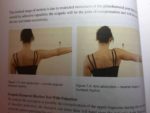
Scapulohumeral Rhythm Test: After the arm is lifted in the cornal plane (frontal plane) 30 degrees, there is a 2:1 Humerous to scapula movement. A disruption in rhythm shows a problem with the shoulder such as frozen shoulder (adhesive capsulitis.) Note, the palm should be facing down.
Treatment: Treatment of the right shoulder involves rotating the patient’s head over their left shoulder and pulling up on head (holding over the ear) and pushing down on the ear.
Exercises: Basic exercise involves moving the scapula through it’s full range of motion using a dowel or pulley such that one hand/arm can move the affected arm (and thus shoulder) through it’s full motion. This helps free up the otherwise “frozen” joint.
 Levator Scapulae
Levator Scapulae
Be sure to review our extensive article on Levator Scapula
Chin Tuck Test: the patient should be able to tuck their chin with 30 degree rotation to their collar bone. If resistance is felt before the chin hits the shoulder, the levator scapulae is tight.
Treatment: Treatment involves stretching the patient in the same direction of the test and putting their opposite hand behind the client’s back.
Sternocleidomastoid
Be sure to review our extensive article on Sternocleidomastoid
Curl up Chin Tuck: curl up like the beginning of situp. If the client leads with the forehead, the SCM is OK. If the chin leads the pattern, the SCM is short.
Treatment: Treatment is discussed in the above-linked article.
Latissimus Dorsi
Arm Elevation Test. The linked video is a variation of the technique presented by Gibbons in Muscle Energy Techniques. Gibbon’s technique has the client bring both hand over the head and have the clinician observe for compensation by bending the elbow.
Pectoroalis Major
Gibbons does provide a test, but the explanation is cursory and in the my opinion, not very reliable. There are far more effective ways to test for Pec Major control than the one described.
Pectoroalis Minor
Also a poor test (e.g. look at the patients shoulders and judge whether one is higher than the other.) So yes, if you see a client whose shoulders are anteriorly rotated, either active the rear delts or perform fascial therapy or (CRT stretching) on the Pec Minor.
Subscapularis
Known in CrossFit as external shoulder rotation, this crucial movement allows for quality barbell cleans. Gibbon’s advocates for the well-known 90/90 test. The test described in the Muscle Energy Techniques book is done laying down on a table with the clinical bracing the client’s elbow. Probably a better variation than that shown by the Brookbush Institute’s video.
Infrasprinatus
Just as important as the subscapularis, the infrasprinatus slows down the action of external rotation by providing an internal rotation force. Rather than 90/90, the degree of rotation is 90/70.
 LowerBody Muscles:
LowerBody Muscles:
- Gastrocnemius
- Soleus
- Hamstring: Semitendinosus, Semimembranosus, biceps femoris
- Tensor fasciae latae (TFL)
- Iliotibial Band (ITB)
- Adductors
- Rectus Femoris
Gastrocnemius (calves)
The test for tight gastrocnemius and the treatment in the Muscle Energy Technique book is pretty much useless. It requires ample hamstring mobility and assumes there aren’t joint problems with the ankle (which is often the case.) Test is done with leg elevated at 90 degrees and the foot at 90 degrees.
Soleus (calves)
Test is done with a bent knee looking for an ankle dorsiflexion of 90 degrees.
Hamstrings
Very simple hamstring test is shown in the book. It is rather simple.
Tensor Fasciase Latae
Ober’s Test is recommended for the TFL. Setup on this test is challenging. The description provided is decent, but the reviewer recommends consulting the linked video.
TFL Stretch. Hold one leg down, and push the knee of the other leg (crossed on top) towards the opposite hip. Rollers can be used for this stretch, but most clients (and most personal trainers) don’t have a clue where it really is. The Reviewer recommends using a massage wand for this muscle group.

The TFL is the muscle and the ITB is the tendon. The TFL is insvolved in stablizing the knee when it’s raised for. Lacrosse Balls are great for facial rolling on this hard working muscle.
Adductiors
The legs should be able to adduct (AD Duct), at least 45 degrees. If they cannot, either the medial hamstrings or the adductors are tight.
Rectus Femorus
For tight quads, a MWOD Battle Saw is great. Gibbon’s offers to excellent stretches.
- Client is face down and the therapist uses his shoulder to drive the foot towards the but.
- Have the client pull one knee towards the chest and the therapist can pull down the opposite leg down driving the bottom leg towards the butt.
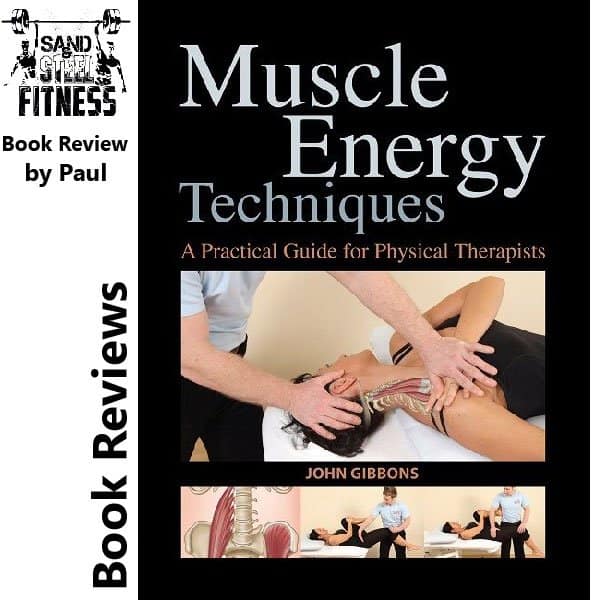
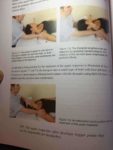
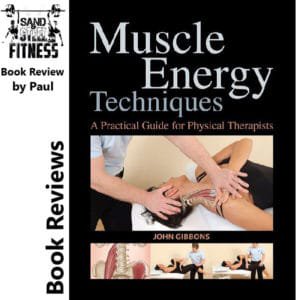
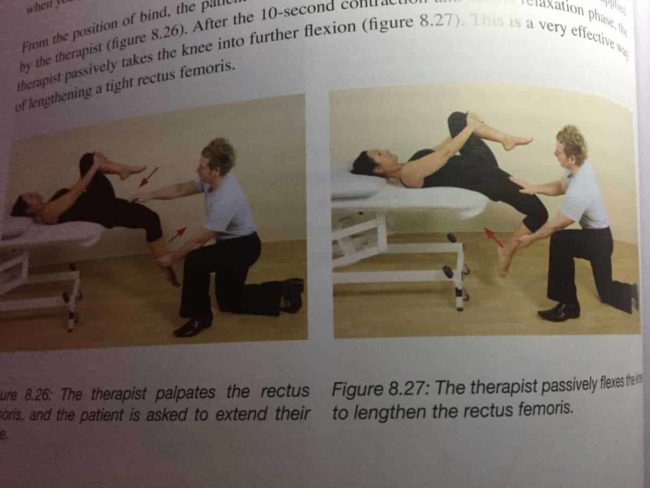
4 Stars on the book, but 5 on this review
Really enjoyed this book
Visitor Rating: 4 Stars
Your review is really amazing. I am going to pick myself up a copy of this book.